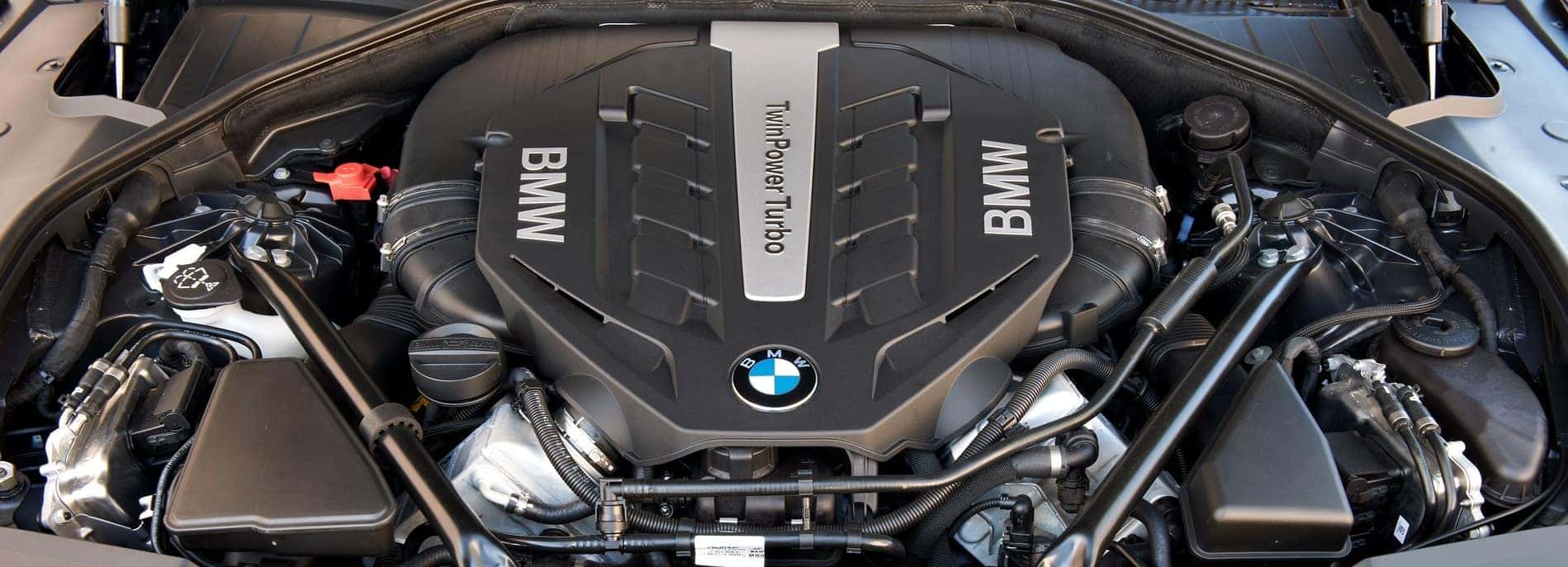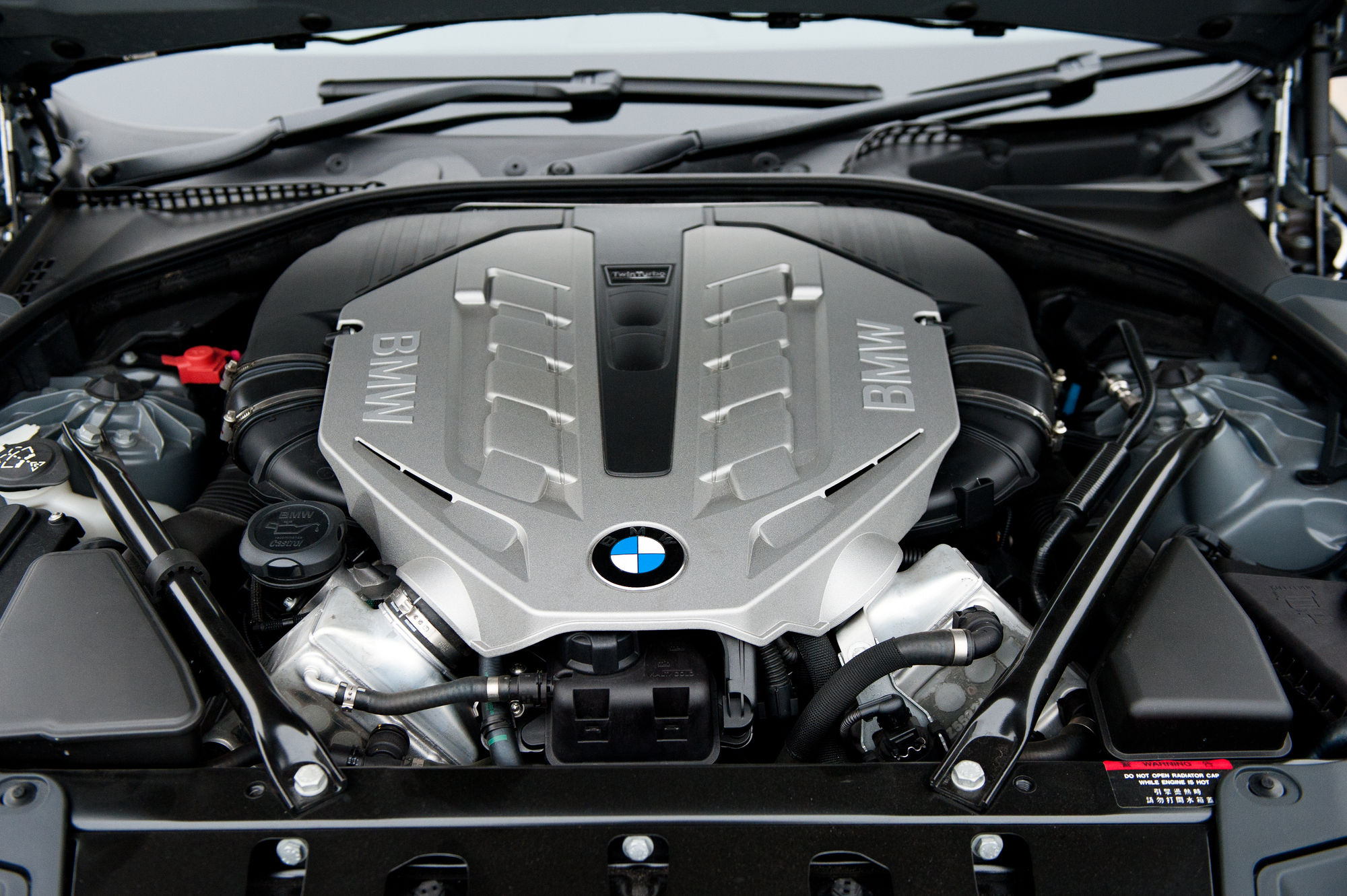A Beginner's Overview to Choosing the Right BMW Engine for Your Requirements
A Beginner's Overview to Choosing the Right BMW Engine for Your Requirements
Blog Article
Discovering the Advancement of Combustion Engines in Modern Transport Systems
As we navigate the landscape of contemporary transportation, the development of burning engines stands as a testimony to human ingenuity and design prowess. The interaction of history, technology, and environmental problems in shaping the trajectory of burning engines develops a narrative that is both insightful and engaging.
Very Early Beginnings of Combustion Engines
How did the principle of combustion engines initial emerge in the very early phases of transport advancement? The origins of combustion engines can be traced back to the 17th century when the principles of interior burning were first explored.
The advancement minute featured the creation of the first effective gasoline-powered engine by Karl Benz in 1885 - bmw engine. This engine led the way for the development of the modern-day vehicle, changing transport systems worldwide. Subsequent advancements by Nikolaus Otto and Gottlieb Daimler even more improved combustion engine innovation, causing the mass production of autos and the fast development of the transport market
These early combustion engines were identified by their simplicity and effectiveness, laying the foundation for the complicated and effective engines used in contemporary transport systems. The development of combustion engines has actually been important in forming the way we take a trip and transfer products, marking a substantial landmark in the history of transportation advancement.
Change to Internal Burning Technology
The transition to inner burning modern technology noted an essential change in the evolution of transportation systems. This shift began in the late 19th century, with inventors like Nikolaus Otto and Gottlieb Daimler creating the initial effective inner burning engines. These engines reinvented transport by using an extra effective and reliable choice to vapor engines and electrical motors.
One of the key benefits of interior combustion engines was their capability to be scaled down to fit right into lorries, causing the advancement of vehicles and bikes. This shift from large, stationary engines to small, mobile ones led the way for the contemporary transportation systems we see today.
The shift to inner burning modern technology also spurred innovations in fuel modern technology, leading to the advancement of gasoline and diesel as main fuel sources for cars. This shift not only made transportation a lot more obtainable to the masses however likewise laid the foundation for the oil and gas sector to become essential to international economies.
Influence of Combustion Engines on Transport
The fostering of burning engines in transportation systems catalyzed a profound shift in the performance and speed of international mobility. Combustion engines revolutionized transportation by giving a versatile and reputable source of power for numerous cars, including autos, ships, aircrafts, and vehicles. This advancement dramatically improved the capacity for products and people to relocate over cross countries in shorter timespan, causing raised connectivity in between regions and countries.
In addition, the prevalent use burning engines has actually had a considerable influence on financial advancement. The ability to move products effectively has spurred trade and business, allowing companies to expand their markets and get to customers worldwide. This has actually helped with financial growth and globalization, as items can now be delivered quicker and in bigger quantities than ever.
Nonetheless, the ecological impact of combustion engines useful site can not be forgotten. The combustion of nonrenewable fuel sources has actually led to air contamination and greenhouse gas discharges, adding to climate modification and presenting wellness threats to populaces. bmw engine. As an outcome, there is an expanding focus on creating different propulsion innovations to reduce these adverse effects and create a much more sustainable future for transportation
Innovations in Combustion Engine Design
Various improvements in burning engine layout have propelled the advancement of transportation systems over the years. One notable innovation is the growth of turbocharged engines, which use exhaust gases to drive a generator that compresses inbound air, enabling more gas to be burnt, resulting in boosted power result without a significant increase in engine size. Additionally, direct injection modern technology has actually improved gas efficiency and performance by exactly controlling the quantity and timing of gas infused right into the combustion chamber. Variable shutoff timing systems have likewise revolutionized engine design by optimizing air movement at various engine speeds, boosting both power and performance. Another significant development is the integration of light-weight products such as carbon fiber and aluminum alloys, decreasing general engine weight and improving automobile gas economy. In addition, advancements in computer-aided style have enabled engineers to maximize engine performance and effectiveness via simulations prior to physical models are constructed, conserving time and sources in the development process. These developments jointly add to the constant improvement of burning engines in modern transportation systems.
Future Trends in Burning Engine Advancement
With innovation advancements driving continual technology, the future of burning engine advancement is poised to revolutionize transport systems globally. Among the key trends in burning engine growth is the push in the direction of better effectiveness and lowered emissions. Makers are investing greatly in study and growth to boost engine performance while satisfying rigid ecological laws. This includes the combination of advanced fuel shot systems, improved turbocharging techniques, and the usage of light-weight products to optimize gas consumption and lower carbon exhausts.
Another noticeable fad is the fostering of crossbreed modern technologies in combustion engines. Crossbreed engines incorporate conventional burning technology with electric power, offering improved gas effectiveness and reduced discharges. As the auto sector changes click for more info in the direction of electrification, hybrid burning engines are seen as a transitional service that bridges the gap in between conventional lorries and totally electrical ones.
In addition, the integration of smart innovations, such as man-made knowledge and information analytics, is expected to play a substantial role in the future of burning engine development. These technologies can enhance engine efficiency in real-time, resulting in much more effective combustion procedures and improved overall car performance. Embracing these future trends will certainly not just drive advancement in combustion engine growth but likewise add to a much more environmentally friendly and sustainable transportation community.

Verdict
To conclude, the development of burning engines in contemporary transport systems has been noted by considerable innovations in innovation and layout. From the very early beginnings Extra resources of combustion engines to the change to interior burning innovation, these engines have had an extensive effect on transportation. Developments in combustion engine layout proceed to drive development in this area, with future patterns concentrating on additional enhancing effectiveness and minimizing exhausts. The future of burning engines in transportation looks promising as r & d initiatives remain to push borders.
The roots of combustion engines can be mapped back to the 17th century when the concepts of internal combustion were initial discovered. These engines transformed transportation by offering an extra effective and reliable option to heavy steam engines and electrical motors.

Report this page